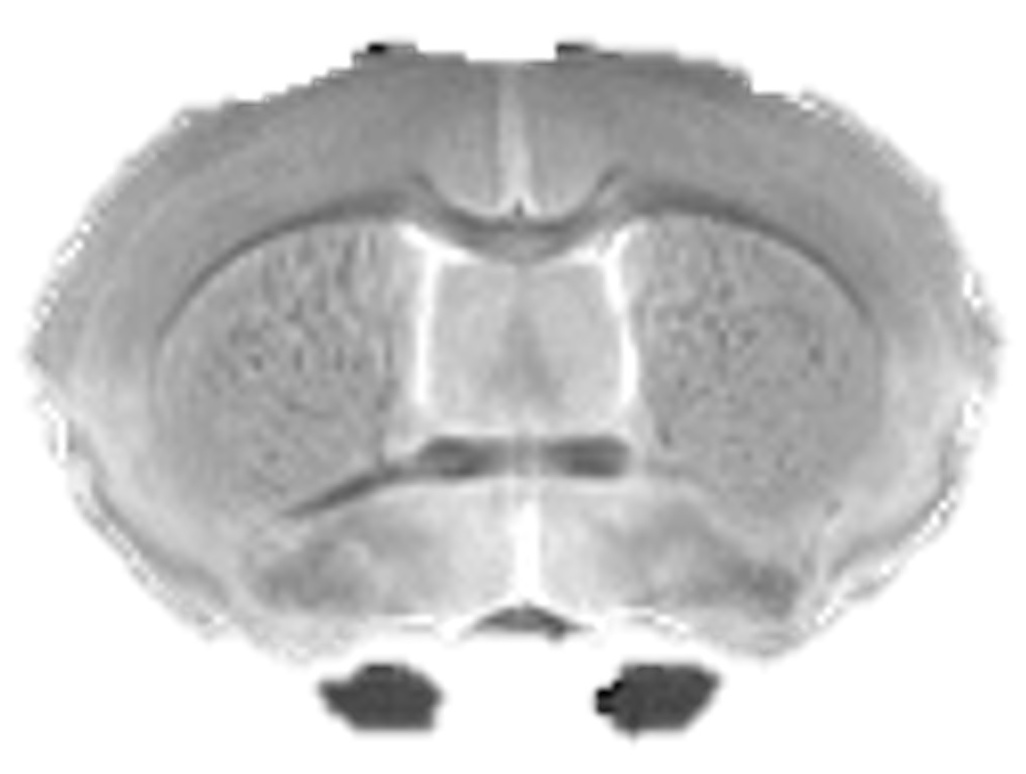
Many leading questions in neuroscience such as how neurons encode experience, modify behavior, and degenerate, require neural activity to be monitored throughout the brain in living animals. Neuronal activity is tightly linked to an increase in intracellular calcium. Therefore, a cornerstone technology for monitoring neural activity involves the use of genetically encoded fluorescent reporters of intracellular calcium. While fluorescent tools for calcium sensing have proven immensely transformative for neuroscience research, optical approaches do not allow neural activity to be monitored with brain-wide coverage or at any arbitrary depth. To address this challenge, we will develop a new type of genetic sensor for visualizing cumulative calcium signals at a brain- wide scale using magnetic resonance imaging (MRI). To construct these sensors, we will leverage water channels known as aquaporins. We will build on our earlier discovery that aquaporins can be used to generate diffusion-weighted MRI contrast by increasing the rate of water exchange across the cell membrane. Unlike conventional MRI reporters, aquaporin-based contrast does not involve the use of metals, thereby permitting fully autonomous, single-gene imaging with high sensitivity. To accomplish our goals, we propose two inter- connected specific aims. In the first aim, we will develop aquaporin-based reporters of calcium signaling (ARCS) by assembling a synthetic multi-gene cluster for coupling stimulus-evoked rises in intracellular calcium to aquaporin expression. ARCS will permit neural activity to be integrated over defined stimulation epochs in awake, freely behaving animals and subsequently read out by MRI. Following optimization in cell lines, we will validate key performance attributes and safety profiles of ARCS in primary neurons. In the second aim, we will establish in vivo functionality of ARCS by imaging local and brain-wide activation in response to well-established neuromodulation paradigms involving chemogenetic and optogenetic inputs to the ventral tegmental area (VTA). Concurrently, we will benchmark ARCS against multiple complementary readouts of neural activity including blood oxygenation level dependent (BOLD) fMRI, calcium-sensing fluorescence reporters, and c-fos immunohistochemistry. The anticipated outcome of this project is an optimized and well-validated set of genetic tools that will provide neuroscientists with new avenues for unbiased exploration of neural networks involved in coordinating everything from sensory function to behavior generation.
